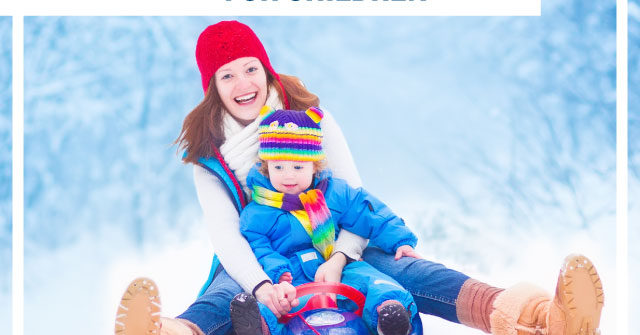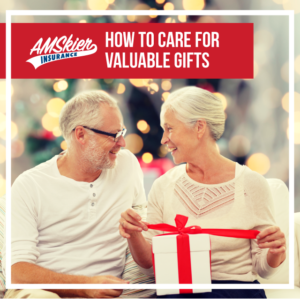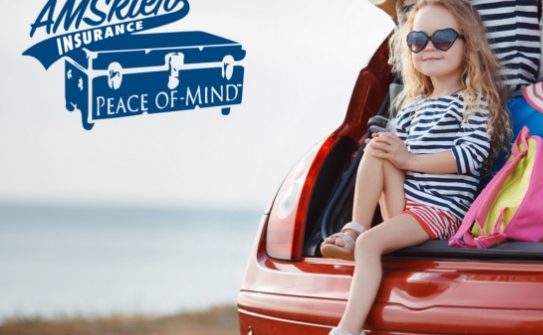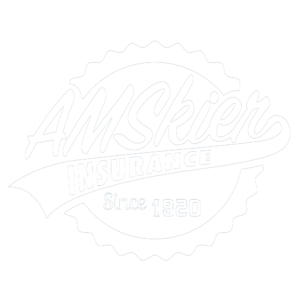 Winter Safety Tips For Children
Winter Safety Tips For Children
In general:
-
Never allow children to play outside alone. Establish a buddy system with one or more of their friends and have them look out for one another. Children younger than eight years of age should always be well supervised outside.
-
Check from time to time to make sure children are warm and dry.
-
Have younger children take frequent breaks to come inside for a warm drink.
-
Never send children outside in extreme weather conditions such as snowstorms.
-
Keep children indoors if the temperature falls below −25°C, or if the wind chill is −28°C or greater.
-
Tell children not to put their tongues on cold metal. It may sound silly, but some kids still do it.
-
Advise children to stay away from snowplows and snowblowers.
-
Help children choose play areas with a warm shelter nearby such as a friend’s home.
-
Advise children to play in an area away from roads, fences and water.
-
Apply sunscreen to exposed skin, even when it’s cloudy.
Clothing:
-
Dress children in several layers of clothing. If they get too warm, they can remove one layer at a time.
-
Always remove children’s wet clothing and boots immediately.
-
Make sure children wear a hat because most body heat is lost through the head.
-
Have children keep their ears covered at all times to prevent frostbite.
-
Have children wear mittens instead of gloves.
-
Dress children in warm, waterproof boots that are roomy enough to wiggle their toes around.
-
Remove all drawstrings from children’s clothing to prevent strangulation. Use velcro or other fasteners instead, and use a neck warmer instead of a scarf.
Skating
-
Make sure children always wear a hockey or ski helmet while skating.
-
Make sure children’s skates are comfortable, with good ankle support, to avoid twists, sprains or breaks.
-
When possible, have children skate on public indoor or outdoor rinks. If this is not possible, children should remember to:
-
– Obey all signs posted on or near the ice. Yellow signs usually mean skate with caution, and red usually means no skating allowed.
-
– Make sure they are always supervised on the ice.
-
– Never assume it’s safe to skate on a lake or pond. An adult should make sure the ice is at least 10 cm (four inches) thick, and check with local weather authorities for information about ice thickness.
-
– Avoid walking on ice near moving water. Ice formed on moving water, such as rivers and creeks, will vary in thickness and is highly unpredictable.
-
Skiing/snowboarding*
Children should:
-
Take lessons from a qualified skiing or snowboarding instructor.
-
Never ski or snowboard alone.
-
With parents, check equipment every year for fit and maintenance. Bindings should be checked annually by a qualified technician.
-
Make sure they’re in control of their speed. Many injuries result from a loss of control. Stunts and fatigue also lead to injuries.
-
Always wear a helmet with side vents that allow them to hear.
-
When snowboarding, wear wrist guards to reduce the risk of wrist injury.
-
Dress safely. Wear brightly-coloured clothing, and warm hats and mittens.
-
Avoid icy hills. The risk of falls and injuries increases in icy conditions.
-
Watch out for other skiiers and snowboarders, as well as any other obstacles, on the slopes.
-
Stay in designated areas and on marked trails.
* With lessons from a certified instructor, it’s okay for younger children to snowboard; however, their coordination is not fully developed until age 10 years.
Sledding
Children should:
-
Always wear either a ski or hockey helmet – not a bicycle helmet – while sledding.
-
Never use a sled with sharp or jagged edges.
-
Make sure the handholds on the sled are secure.
-
Always sit up or kneel on a sled. Lying down increases the risk of head, spine and abdominal injuries.
-
Never sled on or near roadways.
-
Look for shallow slopes that are free of trees, fences or any other obstacles.
-
Avoid sledding on crowded slopes.
Snow forts and snow banks
Children should NOT:
-
Build snow forts or make tunnels. They may collapse and suffocate a child.
-
Play in or on snow banks. The driver of a snowplow or other vehicle may not see a child.
Snowballs
Children should NOT throw snowballs. Snowball fights can lead to injuries, especially to the eyes. Snowballs are more dangerous if the snow is hard-packed or contains a rock or some other hard object.
Snowmobiles
-
Children and adults should wear an approved helmet at all times. Head injuries are the leading cause of snowmobile-related deaths.
-
Children younger than five years of age should never ride on a snowmobile, even with an adult.
-
Children younger than 16 years of age should not operate a snowmobile.
-
Anyone operating a snowmobile should take a formal safety training program.
-
Never tow a child behind a snowmobile on a tube, tire, sled or saucer.
Was This Helpful? Get More Content Like This!
Join Our Broad & Bright Mailing List By Signing Up Below
AMSkier Clients already receive these articles and much more.


 Winter Safety Tips For Children
Winter Safety Tips For Children
 Gift giving is a cherished and well-loved tradition throughout the holiday season. Giving an indulgent gift for a loved one can be especially rewarding. Beautiful jewelry and sought-after technology are among the most popular types of gifts we give to each other. They are also among the most expensive.
Gift giving is a cherished and well-loved tradition throughout the holiday season. Giving an indulgent gift for a loved one can be especially rewarding. Beautiful jewelry and sought-after technology are among the most popular types of gifts we give to each other. They are also among the most expensive.
 Wildfire Readiness.
Wildfire Readiness. 





